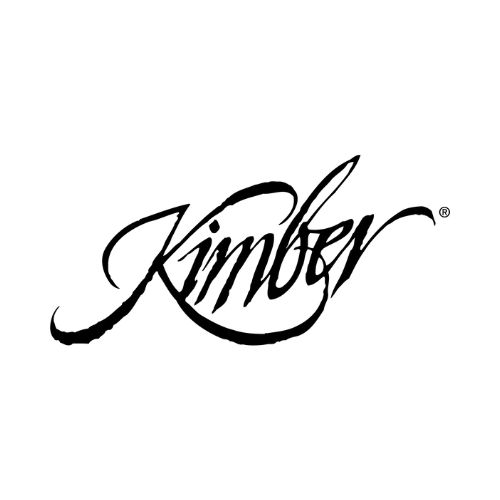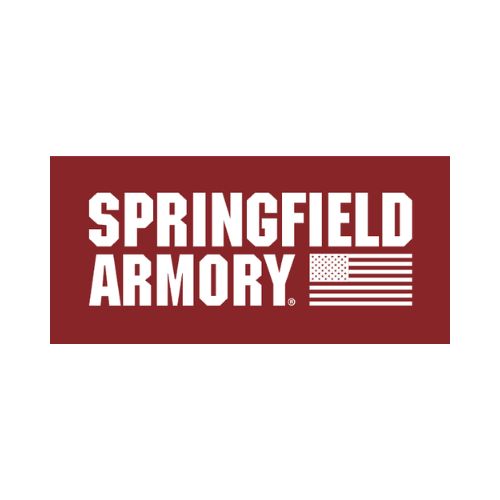A shotgun designed to fire slugs typically includes the following components and features:
- Barrel: A smoothbore or rifled barrel optimized for slug performance. Rifled barrels are often preferred for greater accuracy with slugs, as they impart spin to stabilize the projectile.
- Choke: Either a cylinder choke (no constriction) or a rifled choke, depending on the barrel type. Slugs perform best with minimal choke constriction to avoid deformation.
- Ammunition: Slug-specific ammunition, such as Foster slugs (for smoothbore barrels) or sabot slugs (for rifled barrels). These are designed for accuracy and energy transfer.
- Sights: Improved sights, such as rifle-style sights, red dot sights, or scopes, to enhance accuracy when shooting slugs over longer distances.
- Stock: A sturdy stock, often adjustable, to provide stability and comfort during recoil, as slugs generate significant kick.
- Recoil Pad: A padded or cushioned recoil pad to mitigate the heavy recoil associated with slug firing.
- Trigger Mechanism: A smooth and responsive trigger to ensure precise shot placement.
- Magazine: A magazine tube or detachable box magazine capable of holding slug rounds, depending on the shotgun's design.
- Safety Features: Standard safety mechanisms to prevent accidental discharge.
- Forend and Grip: Ergonomic forend and grip for better control and handling, especially under recoil.
- Optional Accessories: Picatinny rails or mounting points for attaching additional accessories like lights, lasers, or bipods.











